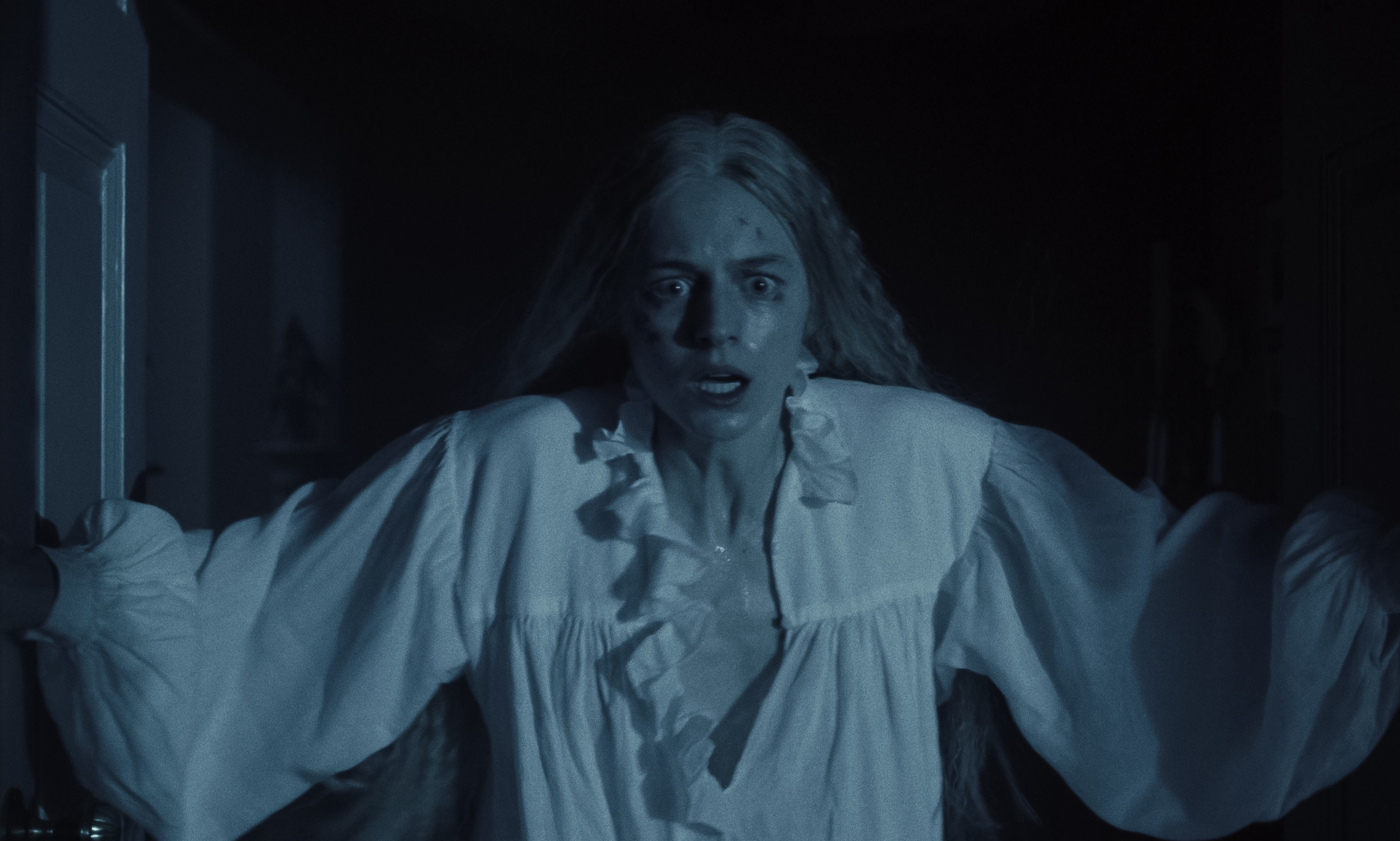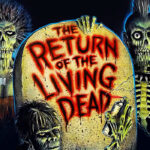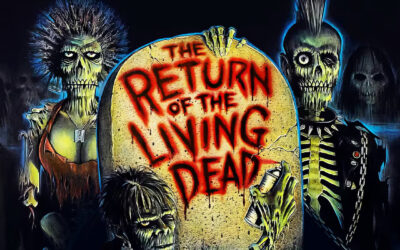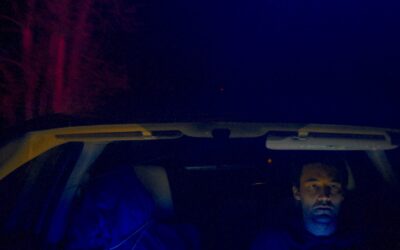From the moment Robert Eggers’ Nosferatu was announced, anticipation has been sky-high. Having finally experienced it in theaters, I can confidently say it exceeds all expectations. This isn’t just a remake; it’s a reimagining, a dark and beautiful descent into obsession and sacrifice.
Warning: Spoilers Ahead.
Before diving into a review of Eggers’ vision, it’s essential to acknowledge the source material. F.W. Murnau’s 1922 Nosferatu: A Symphony of Horrors is an unauthorized adaptation of Bram Stoker’s Dracula, which faced legal battles upon its release. Despite a court order for the destruction of every copy, somehow, copies survived, cementing the film’s place in cinematic history and profoundly influencing Eggers’ distinctive filmmaking style. His unique approach to darkness, honed in films like The Witch, The Lighthouse, and The Northman, makes Eggers the perfect director to resurrect this iconic tale.
Eggers’ Nosferatu is a gothic romance as much as a horror film, centering on the obsessive connection between a haunted young woman and the terrifying vampire fixated on her. Contrary to expectations, the film’s true heart lies with Lily-Rose Depp’s Ellen, whose performance is nothing short of brilliant. She is torn between her growing fascination with the vampire and her unwavering love for her husband, Thomas Hutter (Nicholas Hoult), whose desperate struggle to return to his wife is powerfully conveyed.
Bill Skarsgård delivers a genuinely transformative performance as Count Orlok. Buried under six hours of makeup and prosthetics daily, he is unrecognizable, as is his voice. It is a testament to the actor’s incredible talent. He embodies the creature completely, delivering a chilling and unforgettable portrayal. While he favors the original Count Orlok, played by Max Schreck, somewhat, he is not a carbon copy. He has a slightly more human look but is still grotesque and chilling to gaze upon. Skarsgård’s look was not revealed during the film’s promotion, so it was very unnerving when I first saw him on screen. I’m grateful Eggers, and the studio kept Orlok’s appearance hidden. The surprise and effect at that moment are chilling and impactful.
The supporting cast, featuring Willem Dafoe, Emma Corrin, Ralph Ineson, and Aaron Taylor-Johnson, adds further depth and richness to the narrative.
The film’s visual beauty contrasts starkly with its dark and brutal themes. Jarin Blaschke’s cinematography is simply breathtaking, capturing the haunting beauty of castles, forests, mountains, and elegant interiors. The scene of Hoult traversing a dark forest is particularly striking, and the lighting and sense of isolation create a gripping vision.
The film’s commitment to visceral realism extends to its use of practical effects. As a musophobe, I found the sheer number of rats—reportedly 5,000 trained rodents—genuinely disturbing. The production even faced controversy with PETA due to their use. I imagine being on set with 5,000 creatures constantly using the bathroom wherever they are. Imagine that mess, that stench. The presence of live maggots further exemplifies the dedication to authenticity. In one scene, Skarsgård finds himself enduring being in a sarcophagus covered in thousands of them.
While Nosferatu is undeniably a vampire story, it’s ultimately about Ellen’s journey of self-acceptance and the ultimate sacrifice she makes to protect her husband. While perhaps not a traditional action-packed climax, the ending feels perfectly fitting. It emphasizes the film’s core themes of love and sacrifice, offering a poignant and beautiful resolution.
Robert Eggers has crafted a masterpiece. His passion for the source material is evident in every frame. He poured his heart and soul into this project, creating a truly remarkable cinematic experience. In my opinion, Nosferatu is, without a doubt, the best film of 2024. Bravo to Eggers, the cast, and the entire crew.
Nosferatu is now playing in theaters nationwide. Get your tickets now and inquire at the theaters about the availability of the free limited-edition posters.














